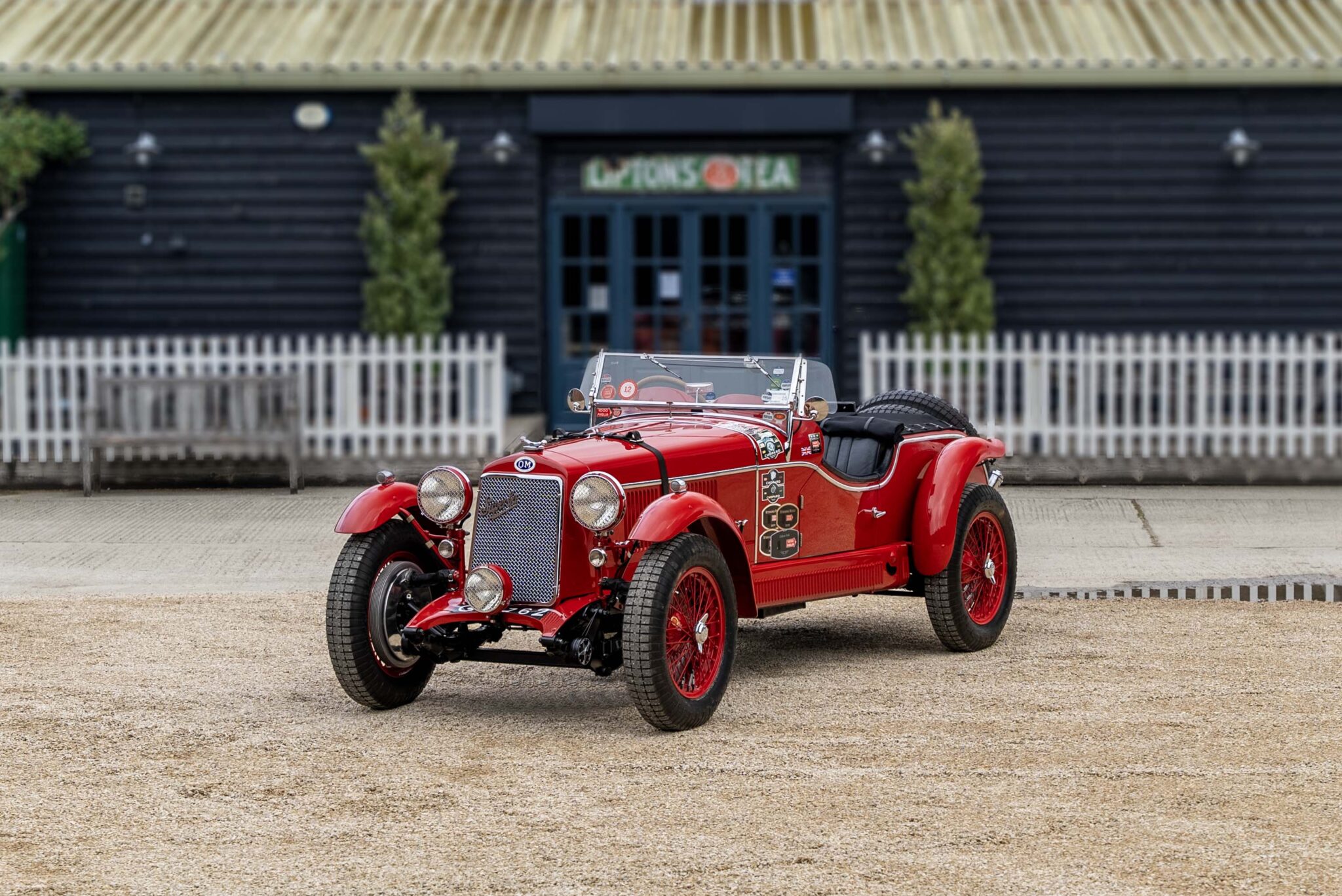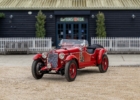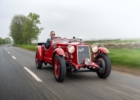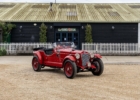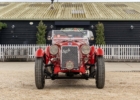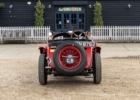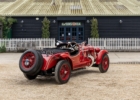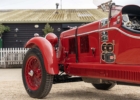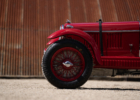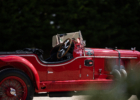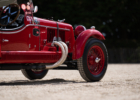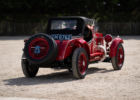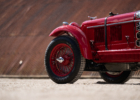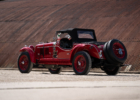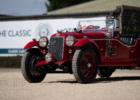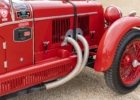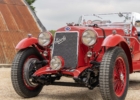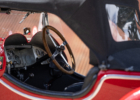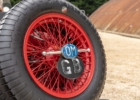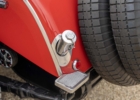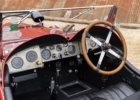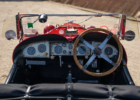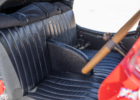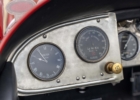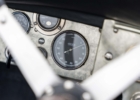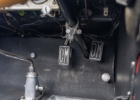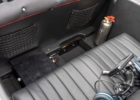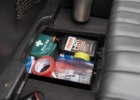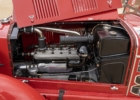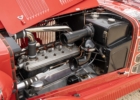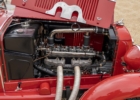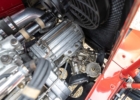1929 OM 665 SS MM ‘Superba’
- Mille Miglia eligible and has successfully completed the Mille Miglia 2025 event
- Fronteras team car for the 1930 Irish Grand Prix and Tourist Trophy
- 2.3-litre, supercharged six-cylinder engine
- Offered in exceptional condition after recent restoration work
| YEAR | 1929 |
| MAKE | OM |
| PRICE | POA |
VEHICLE DESCRIPTION
This extremely rare OM is one of the coveted 2.3-litre supercharged cars that were used only in competition and were not offered by the Italian marque as an official production model.
Chassis number 6651095 was part of an OM team that was put together in 1930 by Edgar Fronteras and the marque’s British importer, LC Rawlence & Co. They planned to enter the Irish Grand Prix at Phoenix Park in July that year, and then the RAC Tourist Trophy, which would take place the following month on the Ards circuit near Belfast.
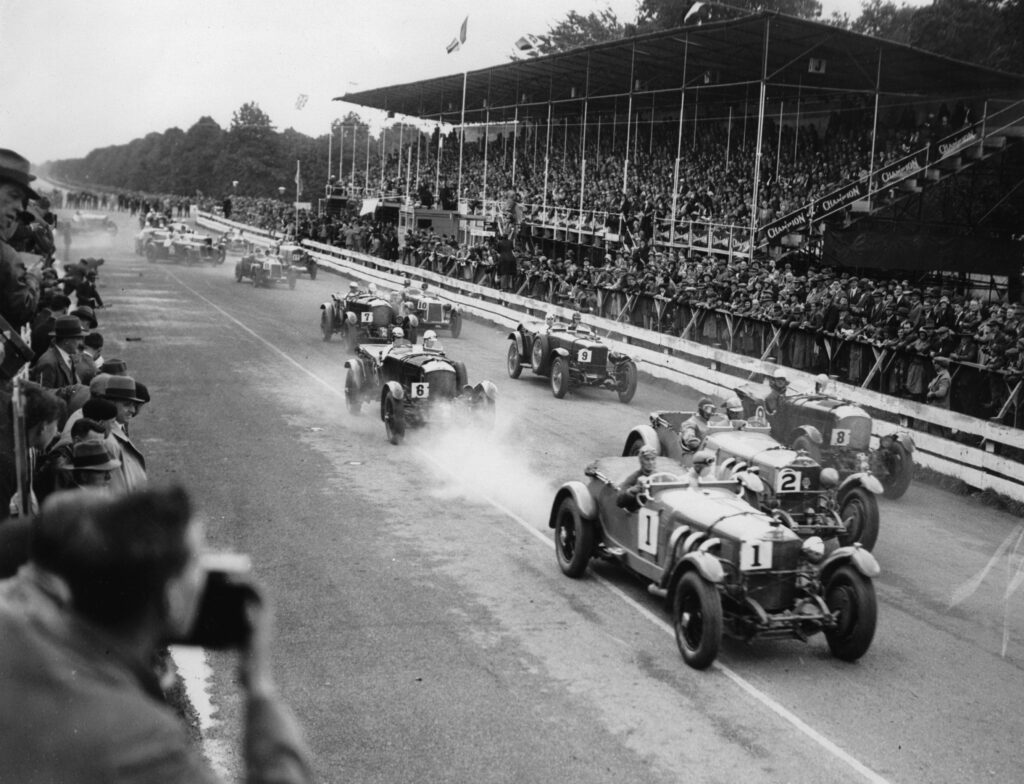
The two races each attracted a strong international entry. At the Irish Grand Prix, Rudolf Caracciola won for Mercedes, while the 2.3-litre OMs – driven by Fronteras, Giulio Ramponi and Ferdinando Minoia – engaged in an exciting battle with the Alfa Romeo squad.
Between that race and the Tourist Trophy, the team returned to England and tested 6651095 at Brooklands on 11 August. Period records and notes from that test refer to the OM as being a ‘Fronteras car here for the Irish races’.
Two weeks later, the Tourist Trophy was dominated by Alfa Romeo, with Tazio Nuvolari, Giuseppe Campari and Achille Varzi finishing first, second and third. As for the OM team, Ramponi crashed during practice in the car that had been assigned to Fronteras, so it’s believed 6651095 was promoted from spare-car duties and took part in the race.
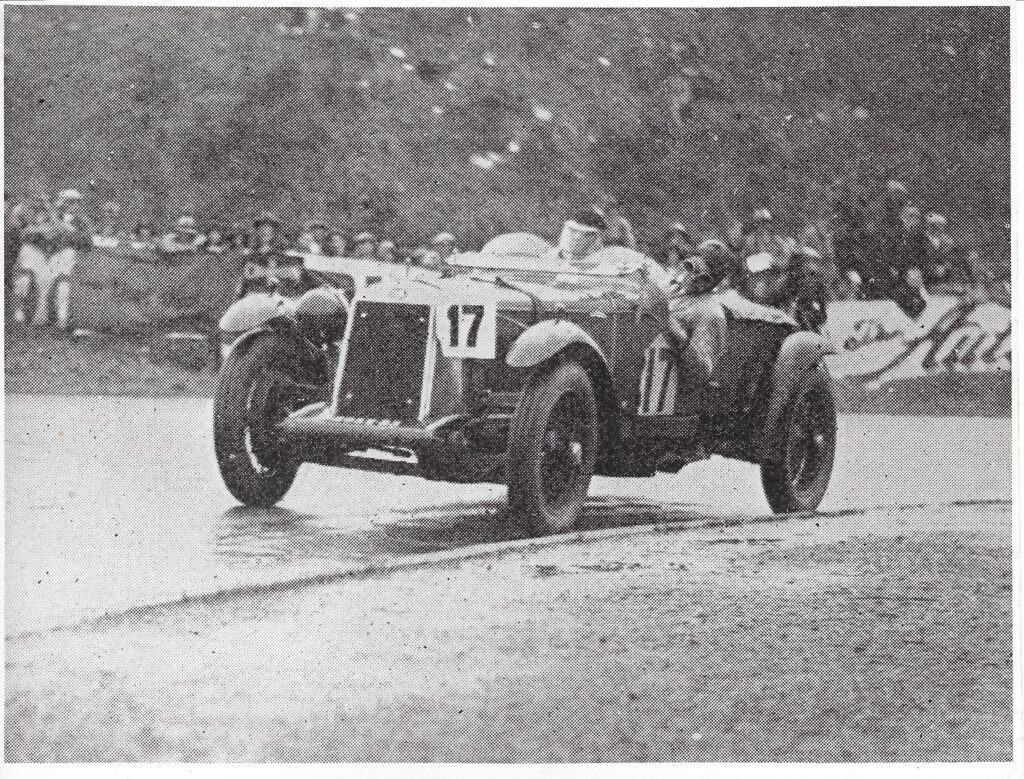
After its Irish outings, the OM remained in the UK. It was first registered on 17 April 1931using the number that it still wears today – GN 8762 – and is thought to have spent much of the 1930s in storage at LC Rawlence & Co.
Following the war, the OM was bought by Eric Lister from a London dealer named Brian Finglass, before passing in 1952 to Leslie Byrom. It was then acquired by Anthony Hopton, who kept it for 30 years before it was acquired in 1999 by German-based collector Heiko Seekamp.
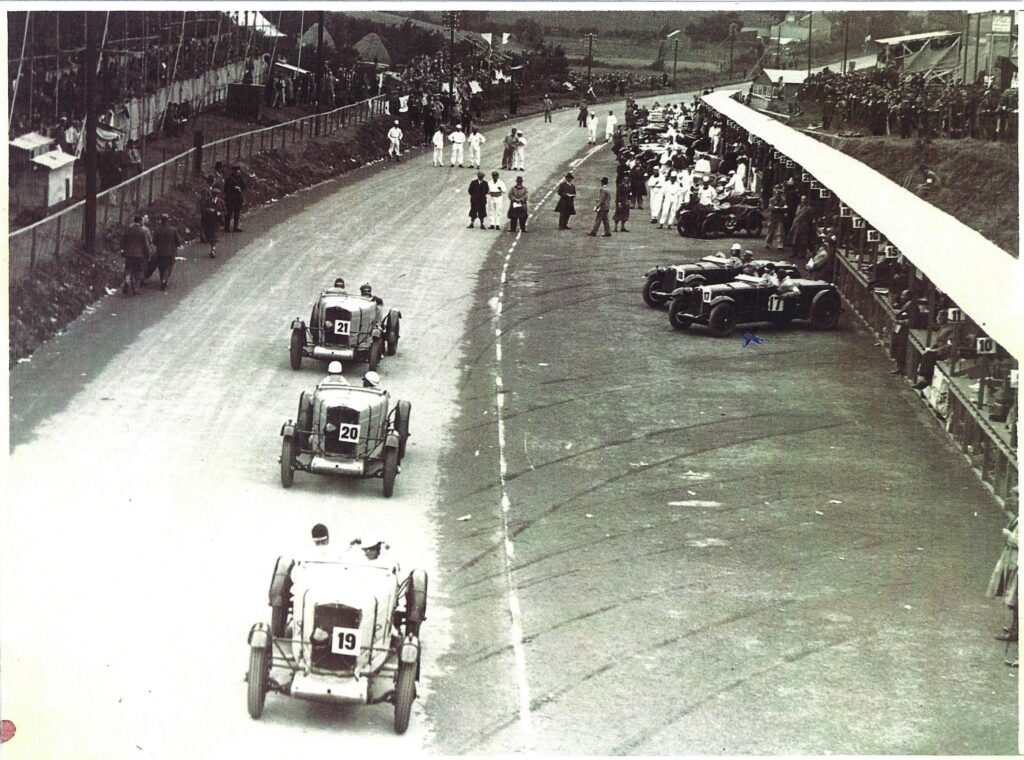
Between 2010 and 2014, it had its first stint in the hands of its current owner. He then sold the OM to a Russian enthusiast before buying it back in 2023.
Ever since Seekamp’s ownership, chassis 6651095 has been a regular participant in the Mille Miglia, successfully entering it no fewer than 17 times. Not only has it finished as high as ninth overall, it has often had the honour of being the first car off the ramp as race number 1.
In 2013, the OM also served as the ‘poster car’ for the event and appeared on a huge banner that flew over the Piazza della Vittoria. The banner was kept by the owner and can be included as part of the sale.
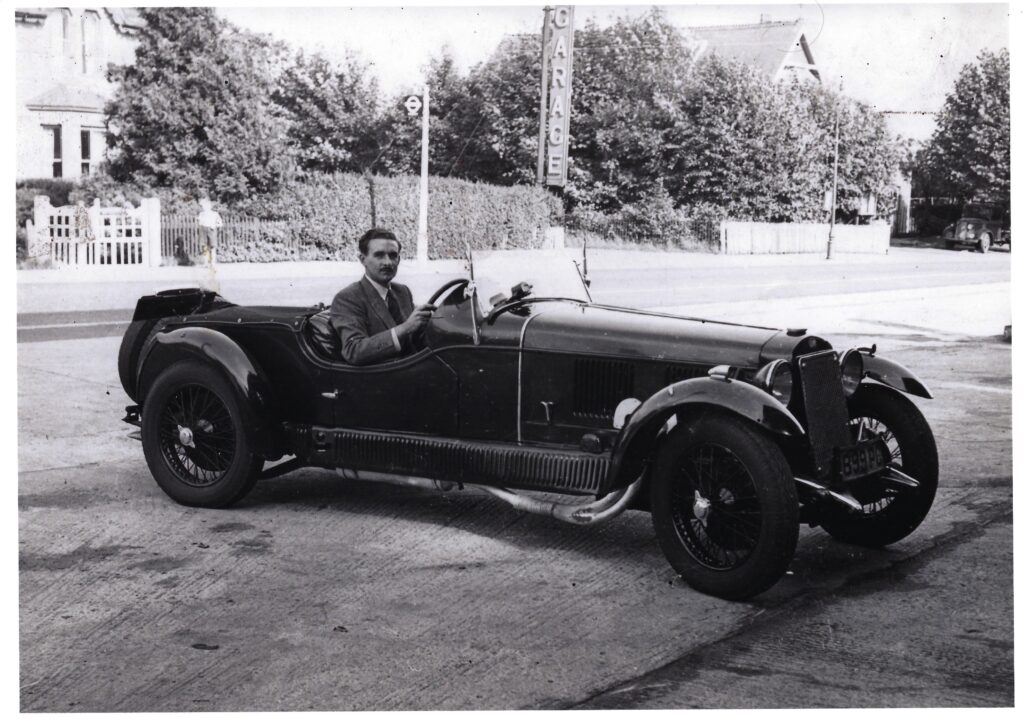
As well as its appearances at the Mille Miglia, 6651095 has also been displayed at the Pebble Beach Concours d’Elegance. In 2013, it picked up a trophy as the Most Significant Mille Miglia Car, and in 2024 it was recognised as being one of the five best Mille Miglia cars at the world-famous Monterey event.
This OM has been cared for with no expense spared by its current owner and is now offered for sale in exceptional condition, having been treated to restoration work through 2023 and ’24. It comes with a comprehensive history file, too, including invoices, articles, books, photographs and correspondence from across the decades.
Also included is an entry in the 2025 Mille Miglia, with all arrangements having been made. An early start number is once again guaranteed and plays a vital role in getting the most out of this prestigious event. With strong performance from its supercharged engine, a very user-friendly gearbox and stylish Carrozzeria Sport bodywork, there can be few more rewarding ways in which to enjoy an Italian adventure.
MODEL HISTORY
Officine Meccaniche was founded in February 1899, but didn’t move into car production until it took over the Brixia-Züst company’s Brescia factory in 1917. The first OM-badged car appeared the following year and borrowed heavily from old Züst designs.
The first all-new OM was then introduced in 1919. The 465 four-cylinder model had a 1325cc sidevalve engine and was followed by the 467 and 469, OM type numbers being made up of the number of cylinders and the bore dimension in millimetres.
A production six-cylinder model – the 665 – was added to the range in 1925 and was, in effect, a ‘stretched’ version of the four-cylinder unit. Introduced in 1991cc form, it was later offered with a supercharger and was enlarged first to 2.2 litres and then – for competition use only – 2.3 litres.
Motorsport was always important to OM, which won the 1920 Coppa del Garda and went on to score numerous successes through the decade. OM cars finished fourth and fifth overall at Le Mans in 1925 and 1926, but its most famous result came in 1927, when its cars finished first, second and third on the inaugural Mille Miglia.
Although OM stayed faithful to sidevalve engines, British importer LC Rawlence developed an overhead-valve conversion that could be fitted for an extra £100. The basic price for the non-supercharged 2-litre model was £595, with the blown engine raising that to £925. The choice of coachwork included an open tourer, saloon or coupé.
In 1928, FIAT bought a 50 per cent stake in OM and had taken over completely by 1933. OM subsequently concentrated on commercial vehicles, but its cars have since acquired a cult following.
One of the OMs raced by the Fronteras team in Ireland in 1930 was later owned by noted enthusiast TASO Mathieson, who wrote that its ‘roadholding, steering, etc, were superb and, in my opinion, superior to the Type 43 and 55 Bugattis, and the 1750 and 1500 Alfa Romeos … I consider the OM to have been one of the best cars I have ever owned.’
